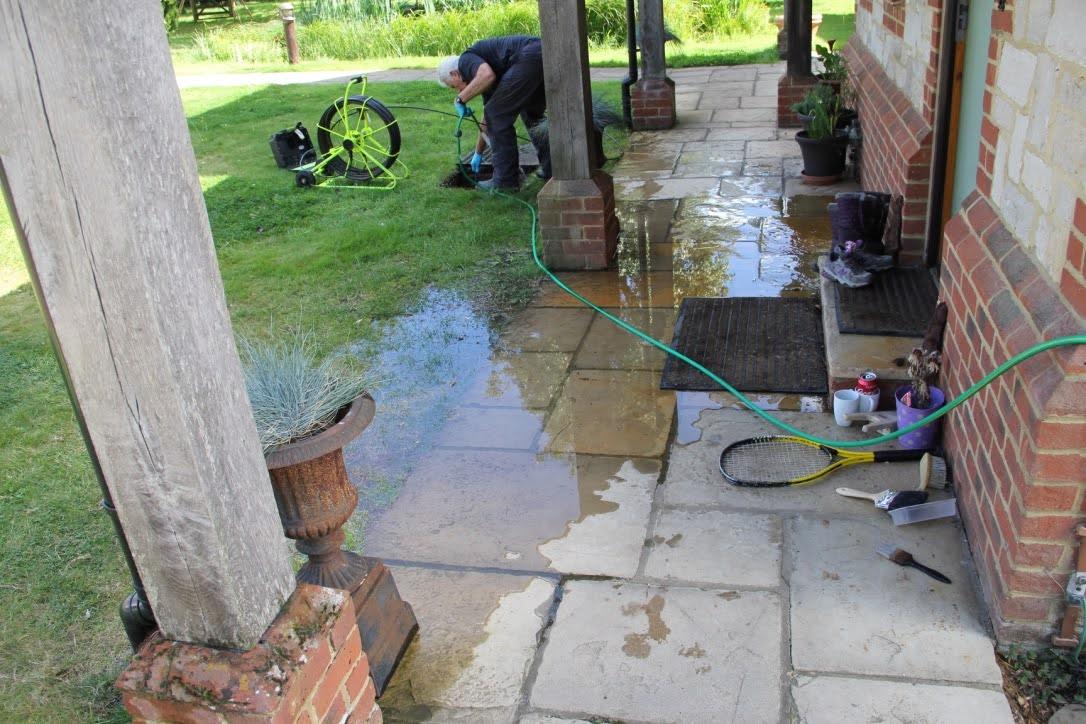Blocked rainwater drain – causes, fixes, and prevention

When your rainwater drain blocks, it usually doesn't start with a flood — it starts quietly.
A bit of standing water after rain. A gully that smells earthy. A slow swirl that never quite clears.
Most people don't notice until it overflows or floods their drive.
By that point, it's not just a blocked drain — it's a sign your surface water system isn't coping.
At ASL Limited, we've helped hundreds of homeowners and private-road owners clear and maintain rainwater drainage systems so they stay clean, safe, and free-flowing.
What causes a blocked rainwater drain?
A rainwater system is designed to handle clean water — not mud, moss, debris, or sewage, especially from the kitchen, indirectly or directly.
Over time, the wrong things get in and reduce the flow.
Common causes include:
- Leaves, moss, and roof grit from gutters overflowing, or down the downpipes
- Driveway silt and gravel collecting in gullies
- Tree roots entering through old joints or cracks
- Collapsed or misaligned pipes (often from vehicle weight or because of old clay drains)
- Silted soakaways that no longer absorb water properly
The quick fix (and why it's not always enough)

Many people try to rod or jet a blocked rainwater drain themselves. Sometimes that works — but only for a short while.
If the blockage is caused by silt, roots, or a partial collapse, water will soon back up again.
That's why we often carry out a CCTV survey after clearing the blockage – to check what's really going on underground.
Our professional teams use:
- High-pressure water jetting to clear gullies and pipes
- Root cutting heads where needed
- CCTV inspection cameras to confirm everything's clean and intact
That way, we fix the cause — not just the symptom.
Do / Don't: simple prevention tips
| ✅ Do | ❌ Don't |
|---|---|
| Keep gullies and grids clear of leaves and moss | Pour plaster or cement water, paint, or oil down outdoor drains |
| Have gutters cleaned at least once a year | Run heavy vehicles over manholes unless they're reinforced |
| Use downpipe filters or leaf guards if you have nearby trees | Ignore slow drainage after heavy rain |
| Book periodic gully cleaning (6–12 months) | Wait until a flood before calling for help |
Before and after example

When to call ASL
If you notice:
- Water pooling after rain
- Gullies overflowing or bubbling
- Smells around the driveway or patio
Then it's time for a professional look.
Our engineers can clear, inspect, and document your system so you know exactly what's been done — and what's next.
We handle both private drains and shared systems, including roads, courtyards, and driveways.
Call ASL Limited on 0800 181 684
Book your inspection or gully clean today
Linked services
If you found this article helpful, you may also want to read:

